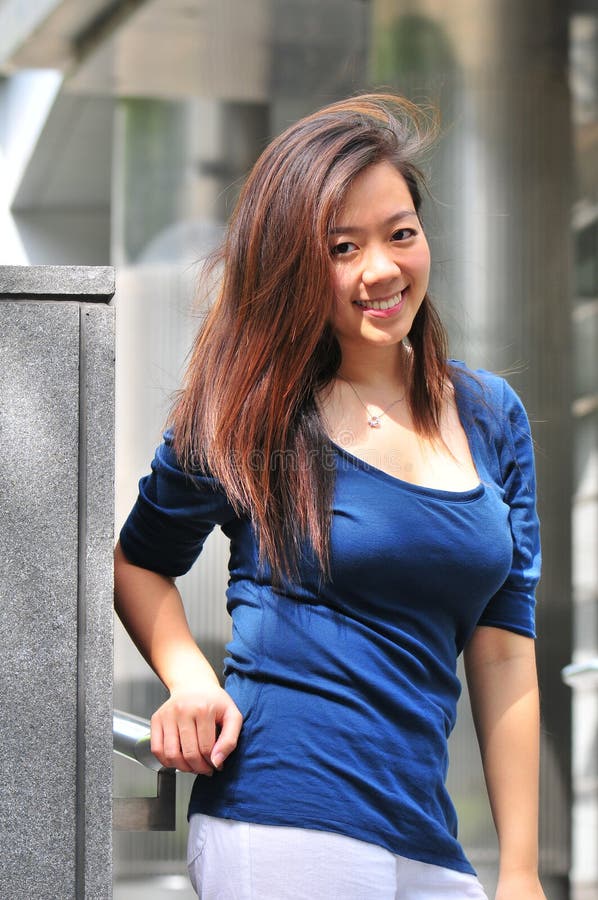Revealed: The Fascinating Story Behind Chinese Downblouse Fashion Trends. In the ever-evolving world of fashion, cultural influences often play a significant role in shaping trends. One such trend that has captured attention is the phenomenon of downblouse styles within Chinese fashion. This intriguing style choice has sparked discussions about modesty, cultural expression, and the intersection of tradition with modern aesthetics.
As we delve into this topic, it's essential to understand the broader context surrounding these fashion choices. The concept of downblouse fashion in China reflects a blend of historical attire and contemporary adaptations. It showcases how individuals express their identity through clothing while navigating societal norms. Join us as we explore the captivating narrative behind this trend, uncovering its origins, cultural significance, and impact on global perceptions.
Chinese downblouse fashion trends have become increasingly popular, drawing both admiration and controversy. These styles often feature intricate designs and cuts that accentuate certain aspects of traditional Chinese garments while incorporating modern elements. The fascination lies not only in the aesthetic appeal but also in understanding the cultural narratives embedded within these outfits. By examining various perspectives, including historical roots and current interpretations, we can gain deeper insights into why this trend resonates so strongly today.
Exploring Cultural Influences in Fashion
Fashion is a powerful medium for expressing cultural identity and personal style. Within the realm of Chinese downblouse trends, the influence of historical Hanfu attire becomes apparent. Hanfu, characterized by flowing silhouettes and elegant draping, has inspired many modern adaptations seen in today's downblouse fashions. Designers draw inspiration from these classic elements to create pieces that honor tradition yet cater to contemporary tastes.
Beyond historical references, social media platforms have played a crucial role in amplifying the visibility of these trends. Influencers and content creators showcase their interpretations of downblouse styles, sparking conversations about body positivity and self-expression. This digital landscape allows for diverse voices to be heard, enriching our understanding of how cultural heritage intersects with modern sensibilities.
Moreover, the global reach of Chinese fashion extends beyond borders, influencing international designers and consumers alike. As people around the world engage with these styles, they contribute to a richer dialogue about cross-cultural exchanges in fashion. This interaction fosters mutual respect and appreciation for different artistic expressions rooted in unique cultural contexts.
Modern Adaptations of Traditional Styles
Today's downblouse fashion trends reflect innovative approaches to blending traditional Chinese elements with contemporary aesthetics. Designers experiment with fabric textures, color palettes, and structural innovations to reinterpret classic motifs. For instance, incorporating sheer materials or asymmetrical cuts adds a modern twist while maintaining nods to ancestral craftsmanship.
These adaptations resonate deeply with younger generations who seek ways to connect with their heritage authentically. By reimagining traditional garments through fresh lenses, they celebrate their cultural legacy without compromising individuality. This fusion creates opportunities for storytelling through clothing, allowing wearers to communicate complex narratives about identity and belonging.
Furthermore, sustainable practices are gaining traction within the industry as part of this movement. Many brands prioritize eco-friendly production methods and ethical sourcing when crafting their collections. Such initiatives align with growing consumer awareness regarding environmental responsibility, enhancing the appeal of these stylish yet conscientious choices.
Celebrating Diversity Through Fashion Choices
The rise of Chinese downblouse fashion highlights the importance of embracing diversity in all forms. Each person brings unique experiences and perspectives to their wardrobe decisions, making every outfit a reflection of personal values and aspirations. Within this context, celebrating differences becomes paramount to fostering inclusivity and acceptance across communities.
As interest in these styles continues to grow, it encourages dialogue about representation and equity within the fashion industry. Brands must recognize the significance of catering to varied audiences by offering inclusive sizing options and showcasing models from diverse backgrounds. Doing so ensures that everyone feels seen and valued, reinforcing the idea that fashion should unite rather than divide.
In conclusion, exploring Chinese downblouse fashion trends offers valuable lessons about respecting cultural heritage while innovating for the future. By appreciating the rich tapestry woven by past traditions and present-day creativity, we move closer toward building a more harmonious global community where fashion serves as a bridge connecting hearts and minds worldwide.

